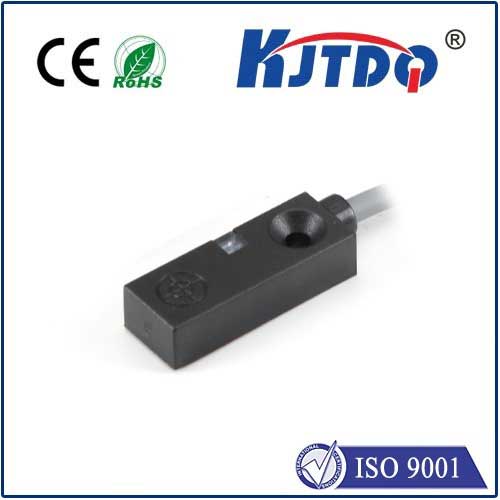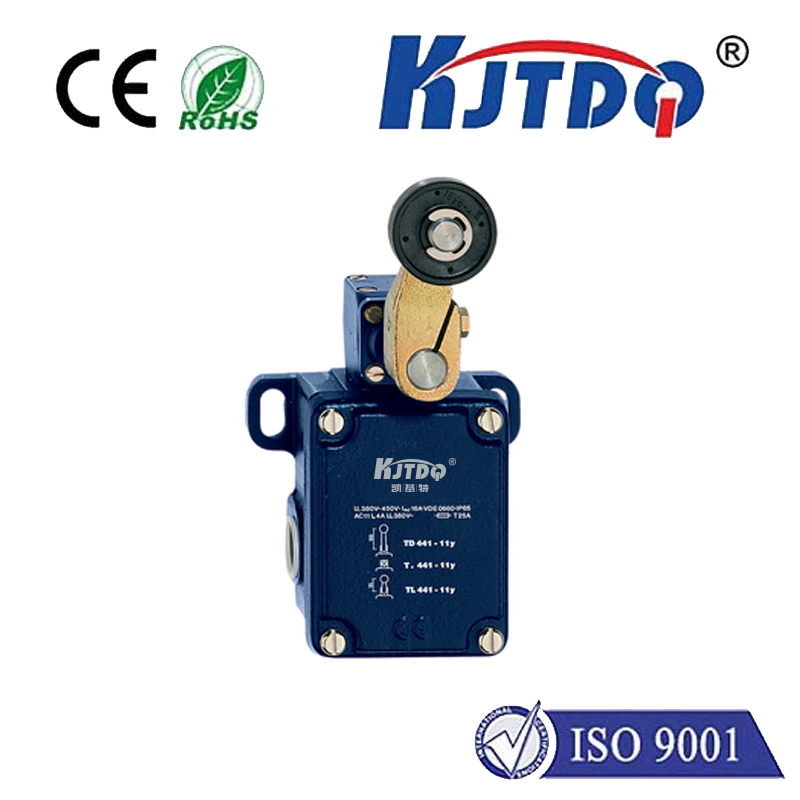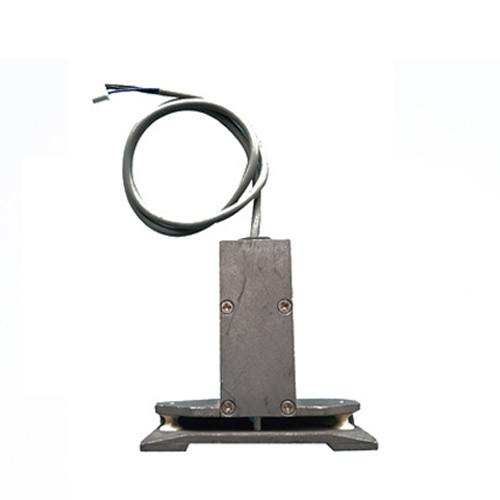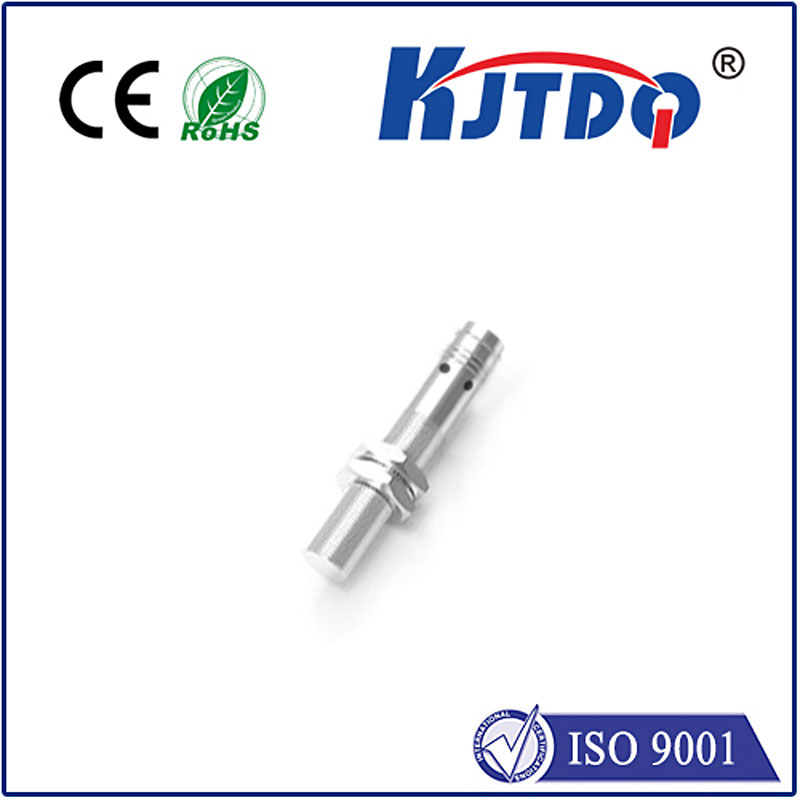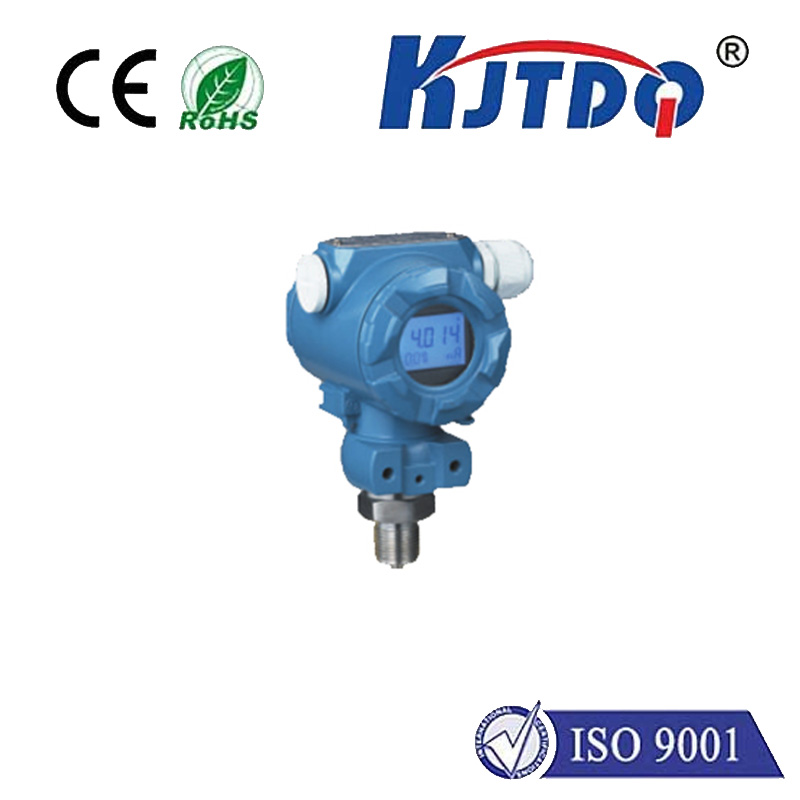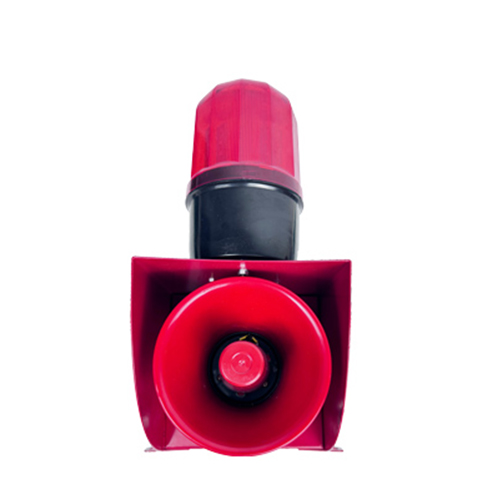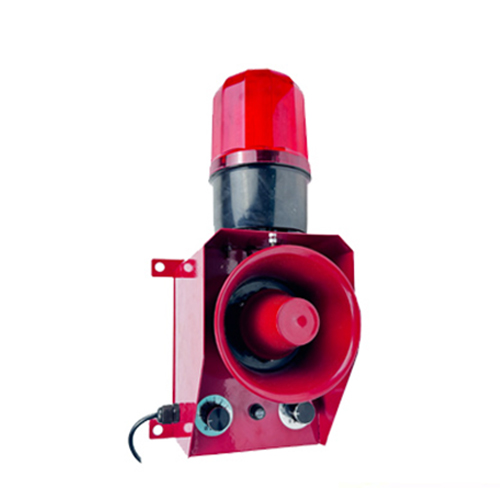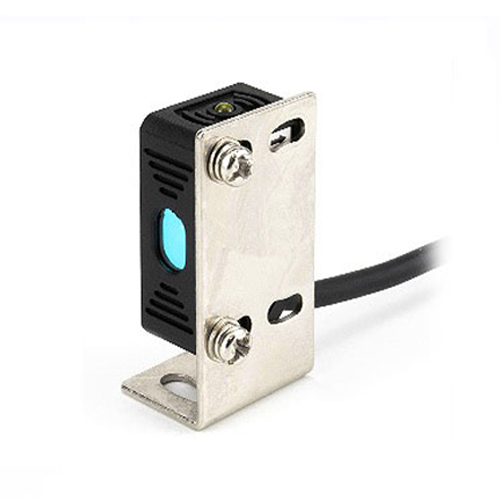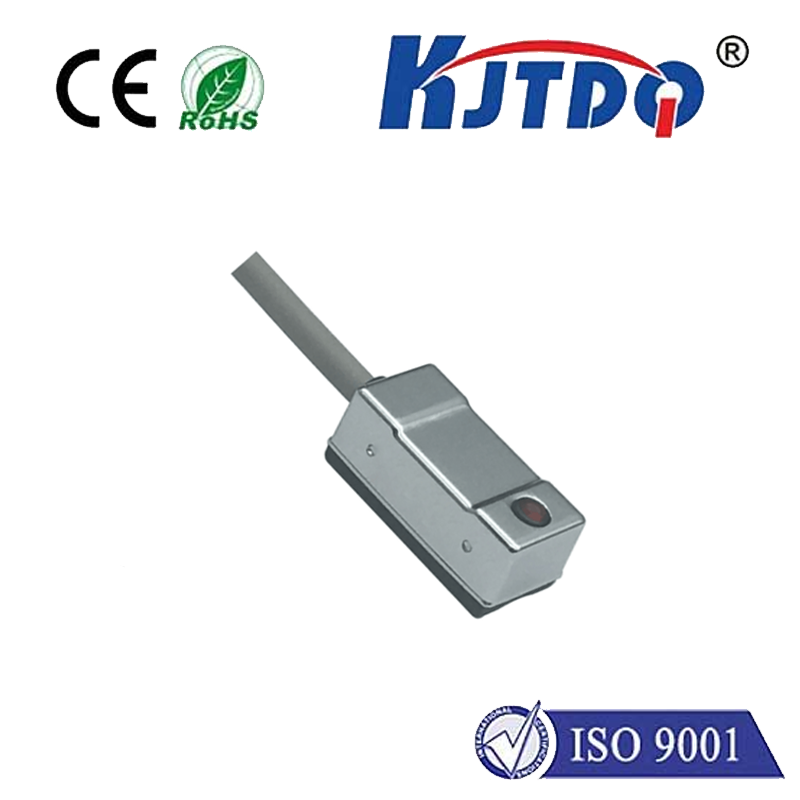

check

check

check

check

check

check

check

check

check

check
Title: Understanding Limit Switches and Their Applications in Industrial Systems
Introduction to Limit Switches and Their Functions in Industrial Control Systems
Limit switches, also known as stop switches or safety switches, are critical components in industrial control systems. These switches are designed to detect a change in the position of a lever, switch, or other mechanical component and trigger an action in response. The primary function of limit switches is to provide safety and protection to personnel and equipment by preventing the operation of machinery when it reaches a dangerous or predetermined point. In this article, we will explore the different types of limit switches, their operating principles, and their applications in industrial systems.
Types of Limit Switches
There are several types of limit switches available on the market, each with its unique features and application. Some of the most common types include:
1. Recessed Switches: These are small switches that are embedded into the lever or switch housing. They offer reliable detection and actuating of movement and require minimal space in the machine structure.
2. Non-Recessed Switches: These are larger switches that are mounted outside the lever or switch housing. They offer better visibility and easier access for maintenance purposes but may require more space in the machine structure.
3. Electromechanical Switches: These are electronic switches that use a magnetic contact to detect movement and initiate an action. They offer high sensitivity and precise detection but may require specialized electronics and power supplies.
4. Microswitches: These are miniature switches that are used in applications where space is limited. They offer fast response times and high reliability but may be less visible than other types of switches.
Operating Principles of Limit Switches
The operation of limit switches is based on the principle of mechanical feedback. When the lever or switch moves beyond its safe limits, it creates a mechanical force that acts on the switch contacts or mechanisms. This force can cause the switch contacts to open or close, thereby triggering an action in the control system.
For example, consider a hydraulic press system with a limit switch located at the top of the press cylinder. When the piston inside the cylinder reaches its full extension, the force exerted on the piston becomes too great to continue pushing it further. At this point, the limit switch detects the increase in pressure and opens its contact, sending a signal to the control system to stop the press from continuing to operate.
Applications of Limit Switches in Industrial Systems
Limit switches have numerous applications in industrial systems, including:
1. Safety Controls: Limit switches are often used as safety controls in machines such as cranes, hoists, and excavators to prevent excessive loads or over-extending of mechanical components.
2. Automation: Limit switches can be used to trigger actions in automated processes such as sorting, packaging, and material handling systems. They can also help to monitor the position and status of moving parts, providing real-time feedback to operators.
3. Robotics: Limit switches are essential components in robotic systems for detecting and responding to changes in sensor data or physical contact with objects in the environment. They enable robots to navigate safely and efficiently around complex environments.
Conclusion
Understanding limit switches is crucial for designing and maintaining safe and efficient industrial systems. By selecting the appropriate type of switch based on their unique features and requirements, engineers can ensure that these critical components function correctly and provide reliable protection to personnel and equipment. As technology continues to advance, new types of limit switches will emerge, offering even greater functionality and flexibility in industrial control systems.
